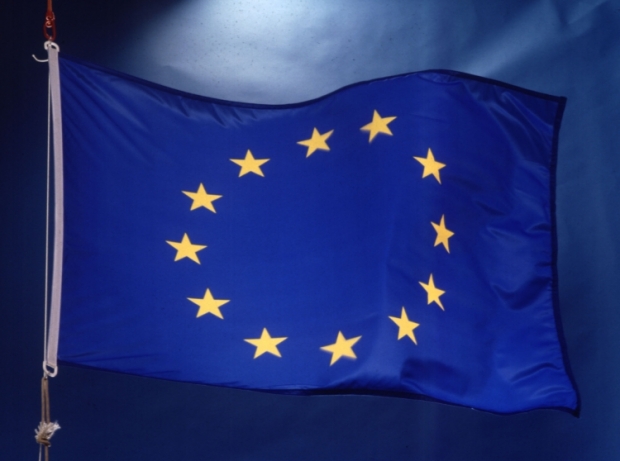The current Digital Agenda for Europe (DAE) strategy, which was originally adopted in May 2010, is currently still trying to deliver on its promise of ensuring that very home in the EU can access a 30Mbps+ capable Next Generation Access (NGA) superfast broadband connection by 2020.
However, you have to aim for something we guess and the EU wants to see all schools, universities, research centres, transport hubs, all providers of public services such as hospitals and administrations, and enterprises relying on digital technologies, should have access to extremely high – gigabit – connectivity.
At home all European households, rural or urban, should have access to connectivity offering a download speed of at least 100 Mbps, which can be upgraded to Gbps.
Urban areas as well as major roads and railways should have uninterrupted 5G coverage and fifth generation of wireless communication systems. 5G should also be commercially available in at least one major city in each EU Member State by 2020.
The EU has also created the WiFi4EU plan, which proposes to “equip every European village and every city with free [WiFi] wireless Internet access around the main centres of public life” by 2020. This could present an economic and technical challenge in some of the most remote rural areas.
Andrus Ansip, Vice-President for the Digital Single Market, said:
“Without first-class communication networks, there will be no Digital Single Market. We need connectivity that people can afford and use while on the move. To achieve that, spectrum policies must be better coordinated across the EU. More competition and further integration of the European market will allow us to reach these goals, helped by the right environment created by the new Communications Code.”




